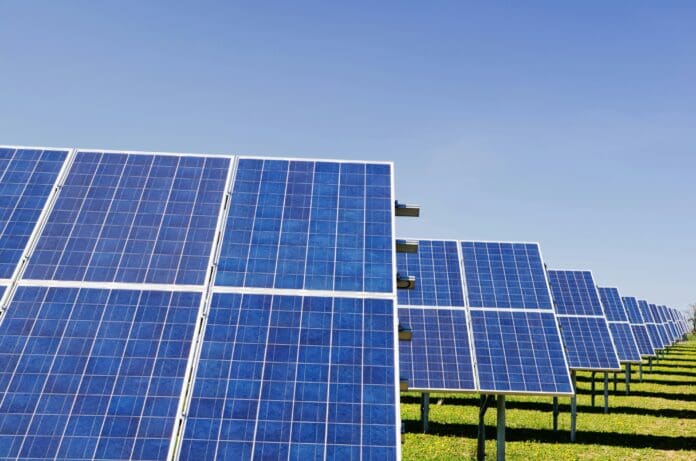This post is also available in:
 עברית (Hebrew)
עברית (Hebrew)
Researchers in Sweden have identified a key mechanism that could improve the efficiency of solar fuel production using iron-based systems, a breakthrough that may help reduce the reliance on expensive and less abundant materials like rare earth metals.
Solar fuels—chemical fuels produced using sunlight—are being explored as a long-term alternative to fossil fuels. One of the more promising options in this field is green hydrogen, generated through photocatalysis. However, while iron is both inexpensive and environmentally sustainable, systems based on it have so far struggled with energy efficiency.
The study, carried out by scientists at Lund University, focused on improving how light-absorbing molecules in iron-based systems transfer electrical charge to acceptor molecules—a crucial step in converting solar energy into a usable chemical form. Inefficiencies in this charge transfer process have been a major obstacle to using iron in solar fuel production.
Using detailed molecular-level simulations, the researchers were able to explain why this energy loss occurs. They found that acceptor molecules often adhere to catalyst surfaces too early, preventing the charge from transferring efficiently. This early binding results in significant energy loss before the fuel-producing reaction can occur, according to the press release.
Unexpectedly, the team discovered that surrounding molecules can support the charge transfer process. Their models revealed several ways in which interactions with neighboring molecules help facilitate the formation of energy-rich compounds, compensating for the limitations in the iron-based system.
By taking advantage of these interactions, it may be possible to reduce the energy losses typically associated with iron-based photocatalysts, improving overall system performance.
While this development focuses on the initial step—charge separation—it is considered an important milestone in advancing solar fuel technology with widely available materials. The researchers stress that more work is needed to complete the full reaction chain required for practical solar fuel production.
Still, the findings offer new insight into how low-cost, sustainable metals like iron could contribute to the development of solar fuels—providing a potentially scalable and less resource-intensive alternative in the shift away from fossil energy.

























